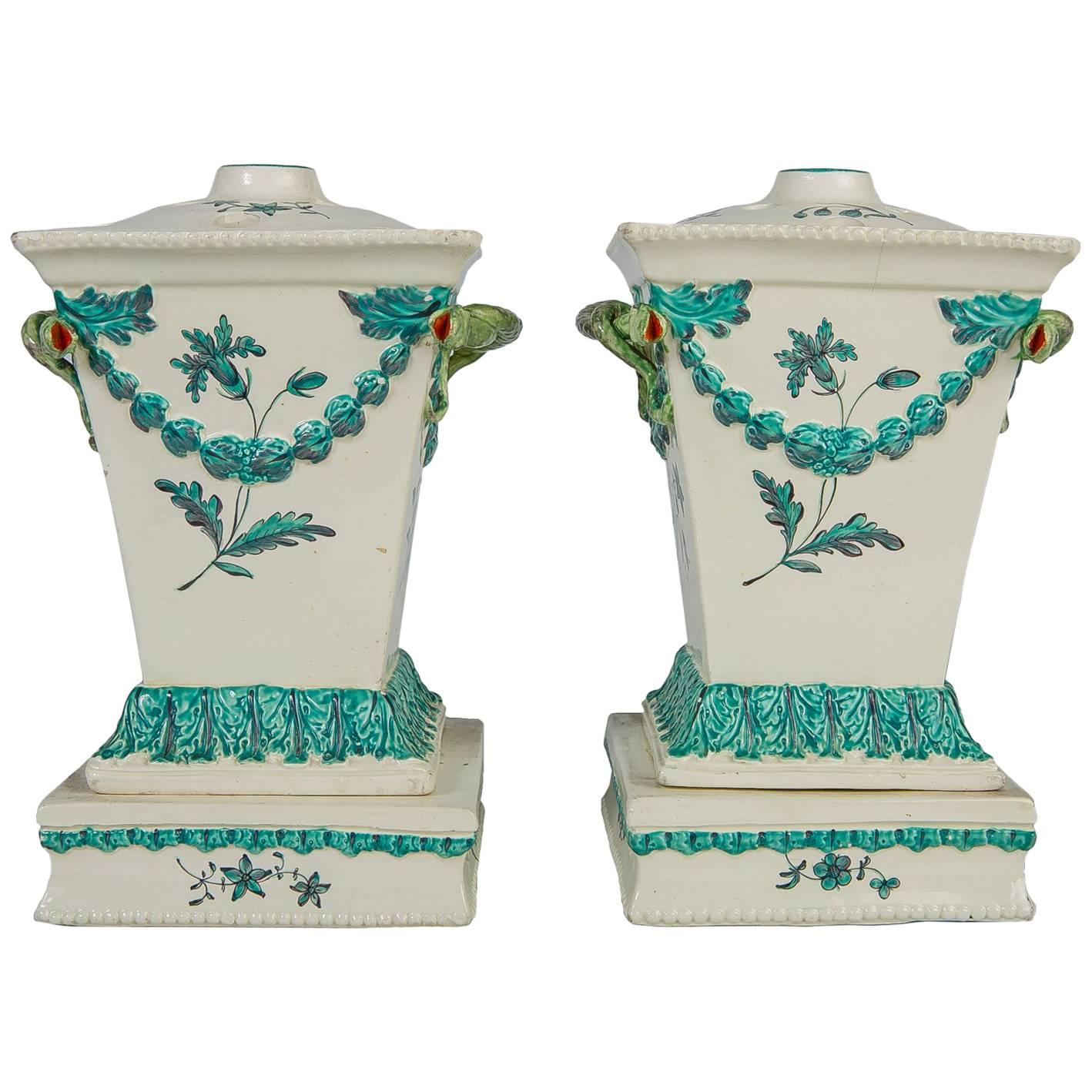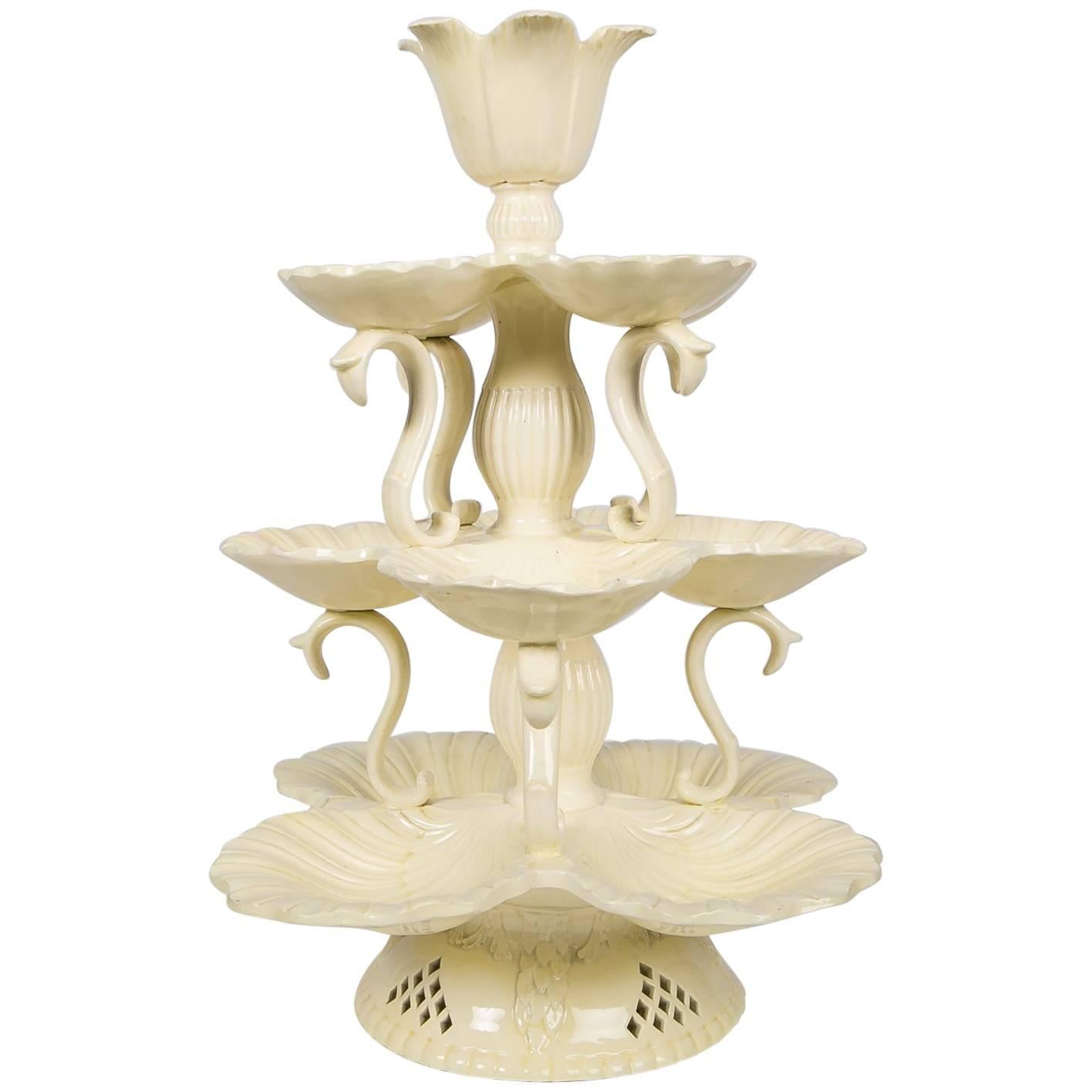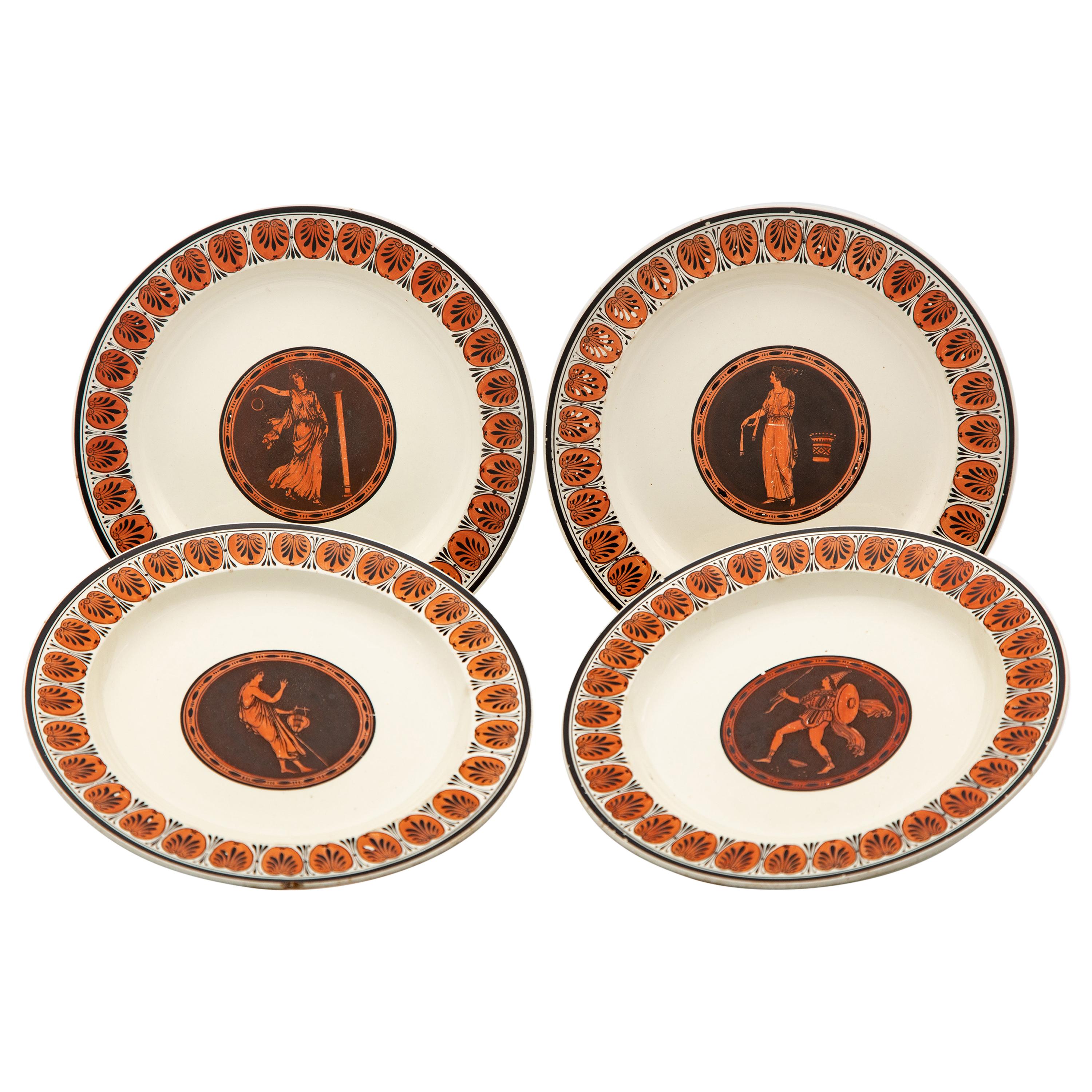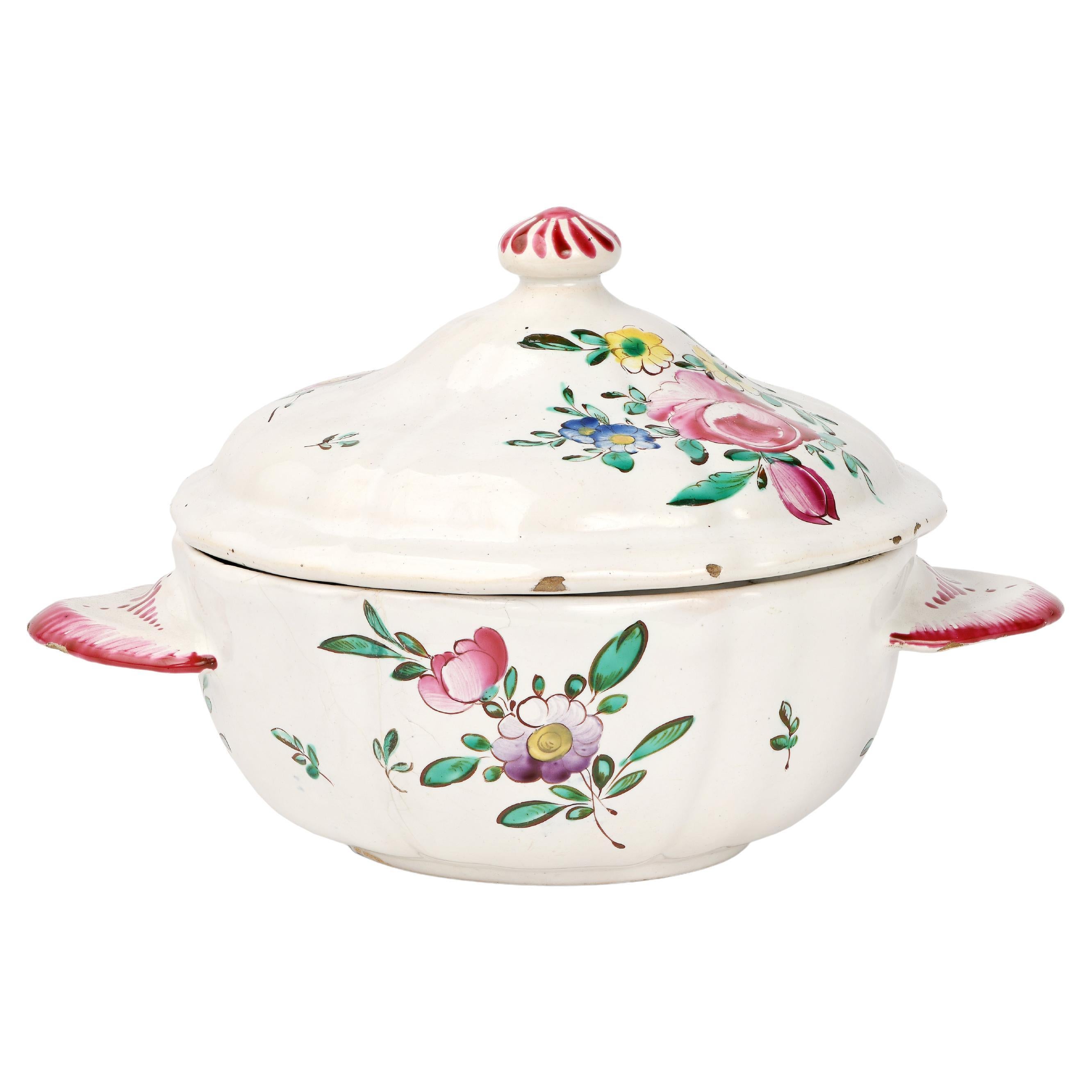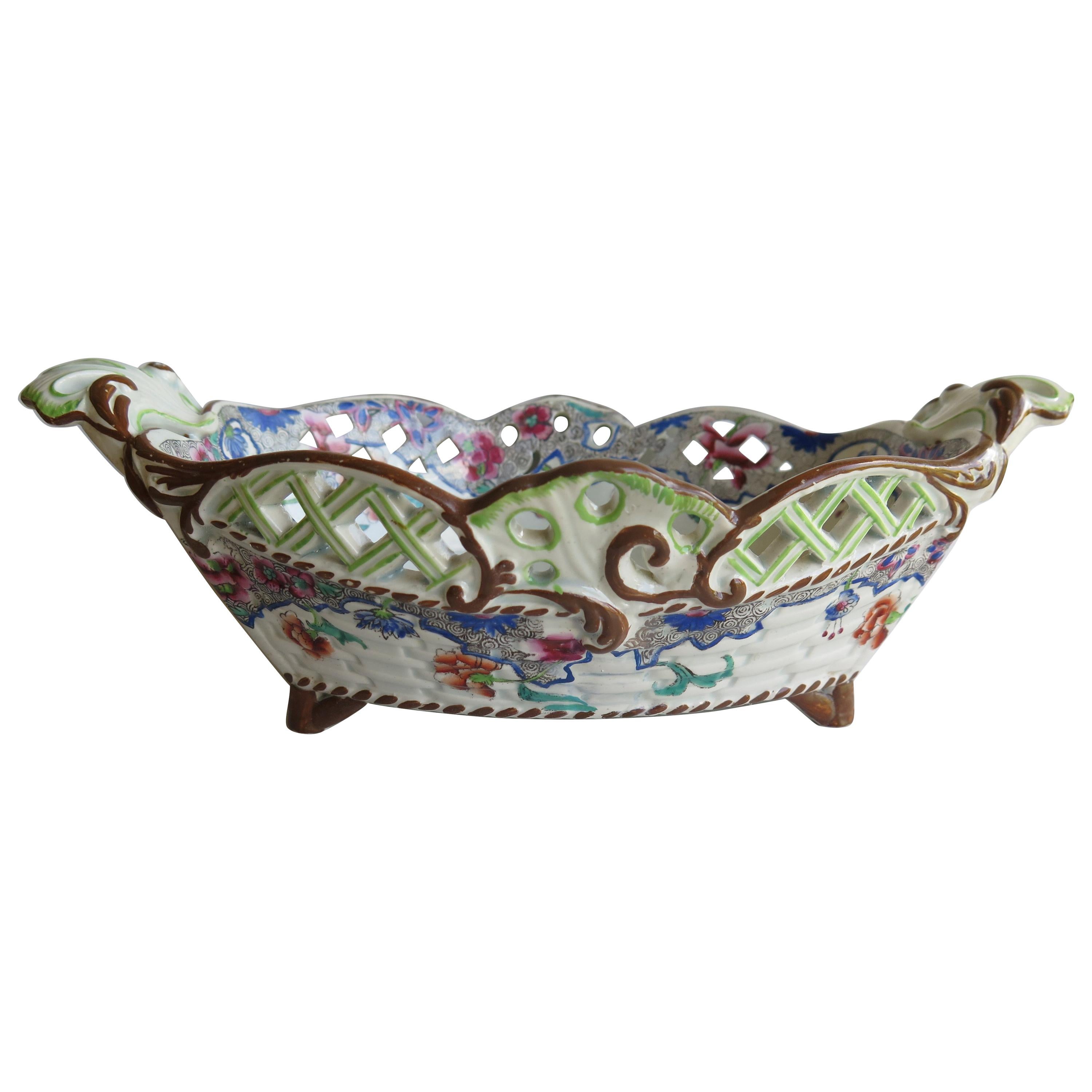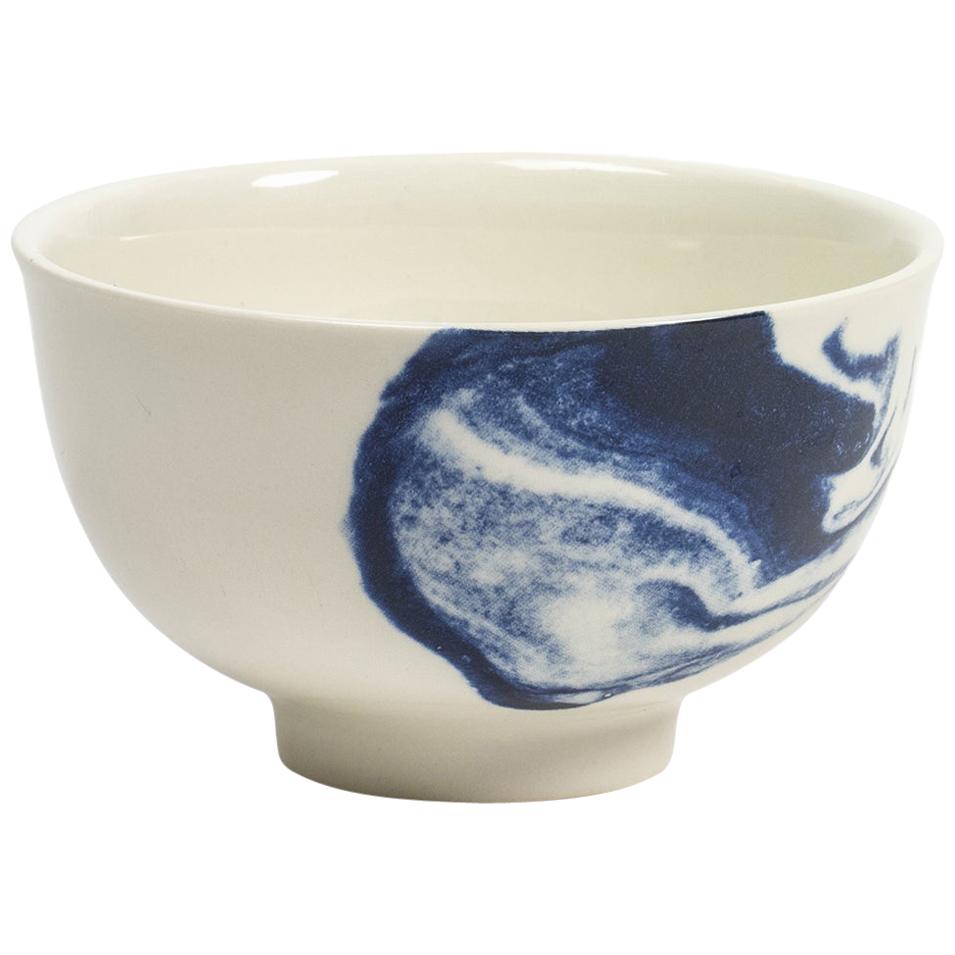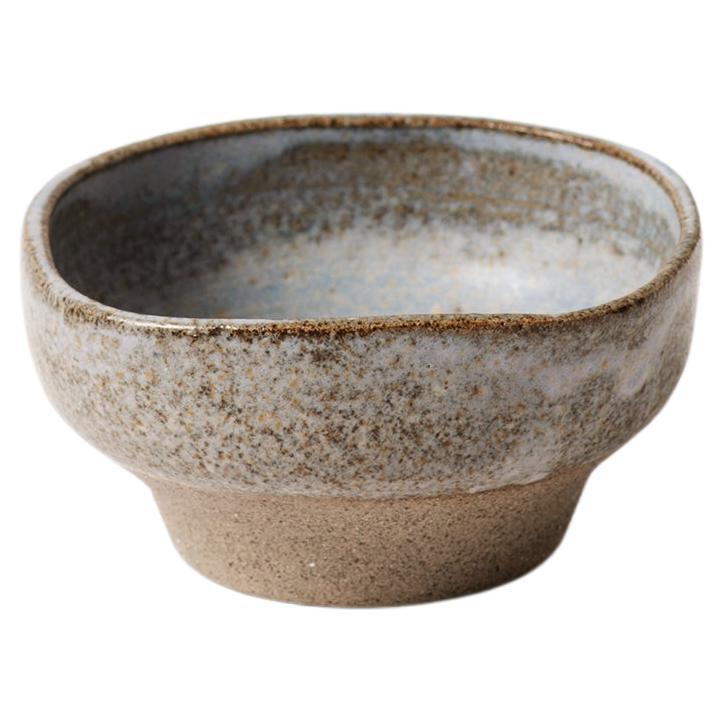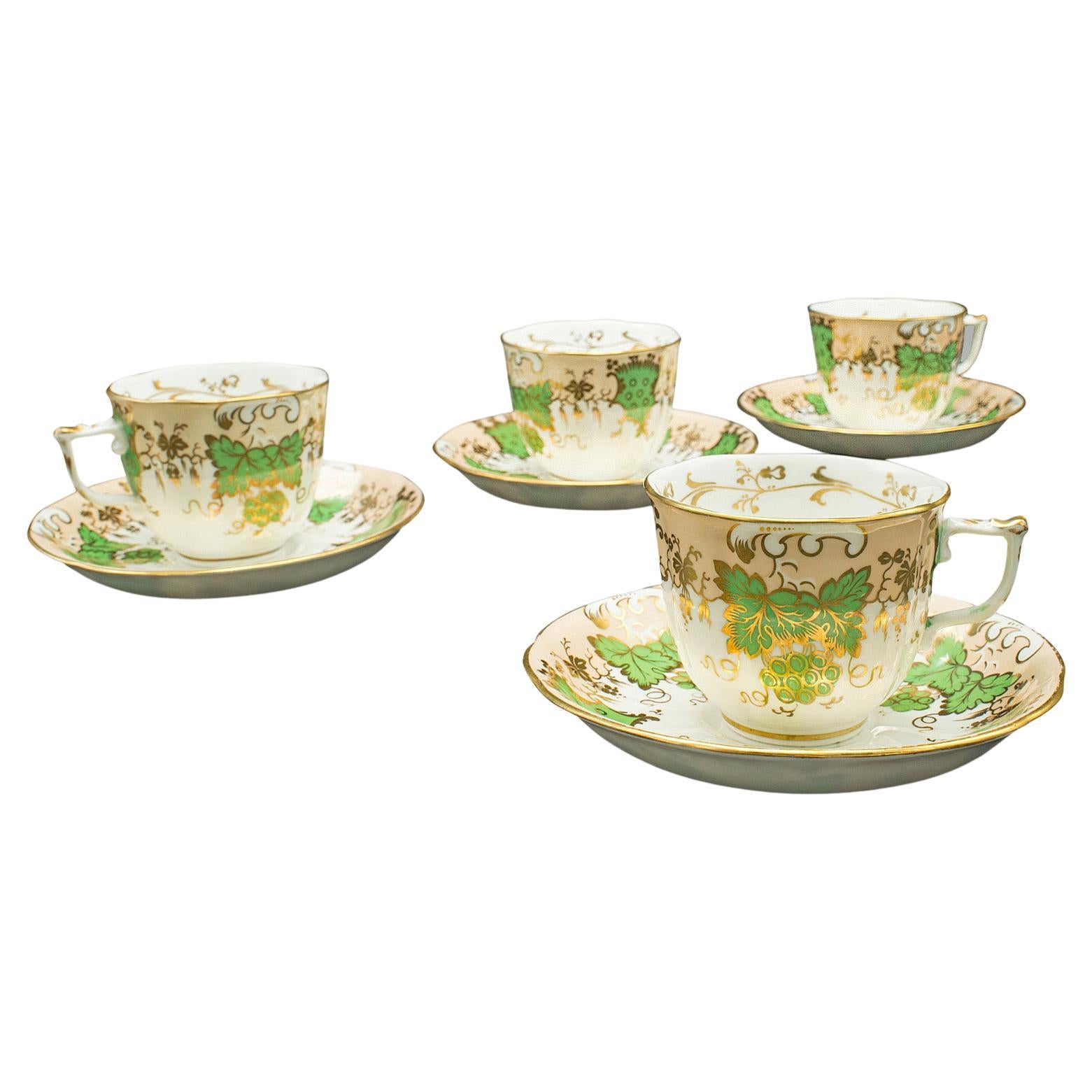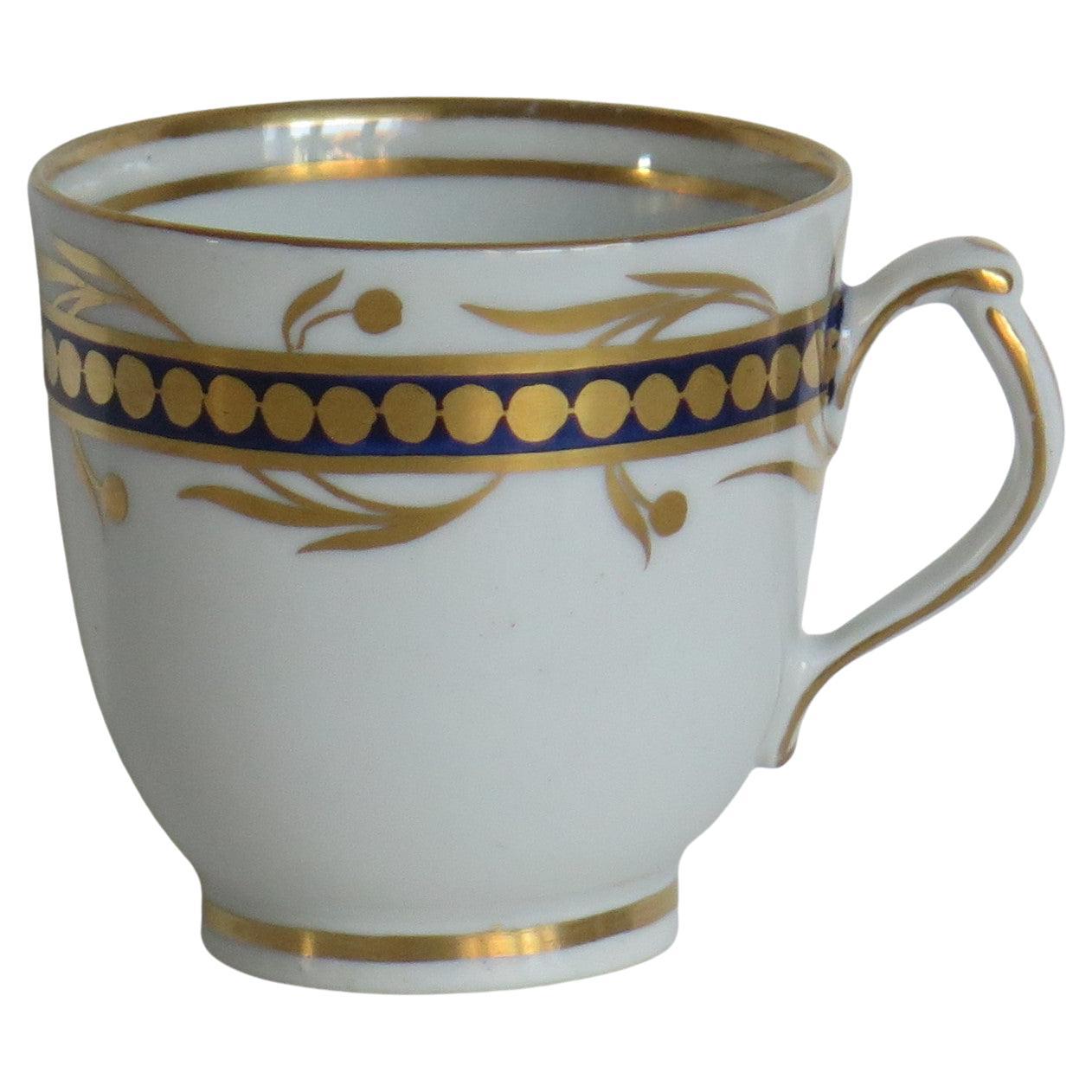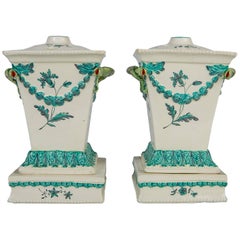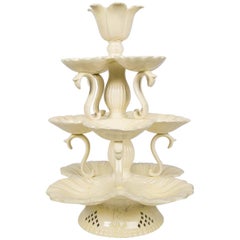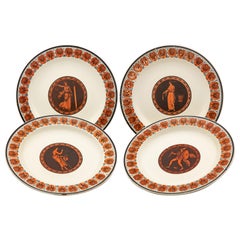
English Creamware ‘Artichoke’ Custard Cup, Blue Details, circa 1780
View Similar Items
1 of 5
English Creamware ‘Artichoke’ Custard Cup, Blue Details, circa 1780
About the Item
- Dimensions:Height: 3.15 in (8 cm)Diameter: 2.76 in (7 cm)
- Place of Origin:
- Period:1780-1789
- Date of Manufacture:circa 1780
- Condition:Wear consistent with age and use. 3 small chips to spike ends restored, otherwise excellent.
- Seller Location:Geelong, AU
- Reference Number:Seller: 10221411stDibs: LU1250211813763
You May Also Like
- Creamware Pair of English Flower Holders, 18th Century circa 1780By Neale & Co.Located in Katonah, NYWHY WE LOVE IT: One of our absolute favorites! A pair of 18th-century creamware flower holders complete with stands and covers made in England by Neale & Co. was one of the finest 18...Category
Antique Late 18th Century English Neoclassical Vases
MaterialsCreamware
- Antique English Creamware 18th Century Sweetmeat Platt Menage circa 1780-1790By Leeds PotteryLocated in Katonah, NYWe are thrilled to offer this fabulous large three-tiered 18th-century creamware platt menage, made circa 1780-90 in Staffordshire or Yorkshire, England. It is a rare and elegant ex...Category
Antique Late 18th Century English Rococo Centerpieces
MaterialsCreamware
- Early Wedgwood Neoclassical Creamware Dessert Dishes Made circa 1780By WedgwoodLocated in Fort Lauderdale, FLA set of four early Wedgwood creamware Neoclassical dessert dishes made circa 1780. Sir William Hamilton’s Collection of Etruscan, Greek and Roman an...Category
Antique Late 18th Century English Neoclassical Ceramics
MaterialsCreamware
- Italian Maiolica Cup Ferretti Lodi, circa 1770 - 1780By Antonio FerrettiLocated in Milano, ITMaiolica puerperal cup Antonio Ferretti Manufacture Lodi, Circa 1770 - 1780 Maiolica polychrome decorated “a piccolo fuoco” (third fire). It measures: 4.3 x 6.8 x 5.3 in (11 x 17,5 x 13,5 cm) Weight: 0.78 lb (358 g) State of conservation: some closed pass-through fêlures on the cup, barely visible on the outside. Some use chips on the edge of the lid, two of which are more marked. From about the mid-sixteenth century, the puerperal soup tureen or puerperal cup became one of the most popular wedding gifts in central Italy. As an auspicious symbol, it replaced the birth table (“desco da parto”) which, on the occasion of high-ranking marriages, from the thirteenth century, had been painted by famous artists, especially in Tuscany. In France this same tureen is called "écuelle de mariée", as it is given to spouses as a sign of fertility. During the eighteenth century this custom spread even outside Italy to all social levels. Depending on availability and rank, it was made of different materials: precious metals, maiolica, porcelain, glass, pewter, etc. Beginning in the mid-twentieth century, the custom of this symbolic homage gradually disappeared, although famous designers such as Gio Ponti and Giuseppe Gariboldi, even as recently as the 1940s, revisited a model of a small puerperal soup bowl for the Ginori and, also in Italy in 1940, in a national competition for young potters, one of the themes of the test was indeed a modern model of a puerperal cup as an auspicious gift. This particular cup was also called a "service cup" or "puerperal vase" or "stuffed cup" - the windows were sealed with straw to prevent drafts of air for women in labor. In the eighteenth century the line of the puerpera cup was simplified, so much so that it took the form of a small tureen with two handles - the typical broth cup...Category
Antique 1770s Italian Rococo Ceramics
MaterialsMaiolica
- Ancient Maiolica Cup, Rubati Manufacture, Milan, Circa 1770 - 1780By Pasquale RubatiLocated in Milano, ITSick cup Pasquale Rubati Manufacture Milan, Circa 1770 - 1780 Maiolica decorated in polychrome “a piccolo fuoco” (third fire) It measures: h 2.36 x 7.4 x 7.87 (h 6 x 19 x 20 cm) ...Category
Antique 1770s Italian Rococo Ceramics
MaterialsMaiolica
- Early Spode Creamware Pierced Chestnut Basket English circa 1825By Josiah SpodeLocated in Lincoln, LincolnshireThis is a rare Creamware pottery Chestnut Basket made by the SPODE factory, Stoke on Trent, Staffordshire, England, in the late Georgian, Regency period...Category
Antique Early 19th Century English Georgian Ceramics
MaterialsCreamware
Recently Viewed
View AllMore Ways To Browse
English Creamware
Antique English Creamware
Artichoke Silver
Custard Glass
Antique Custard Glasses
Antique Custard Glass
Custard Cup
Custard Cups
Antique Custard Cups
Antique Glass Custard Cups
Antique Glass Book
Swedish Mid Century Ceramics
Swedish Midcentury Ceramics
Swedish Black Glass
Black Glass Sweden
Ceramic Serving
Belgian Ceramics
Green Majolica
